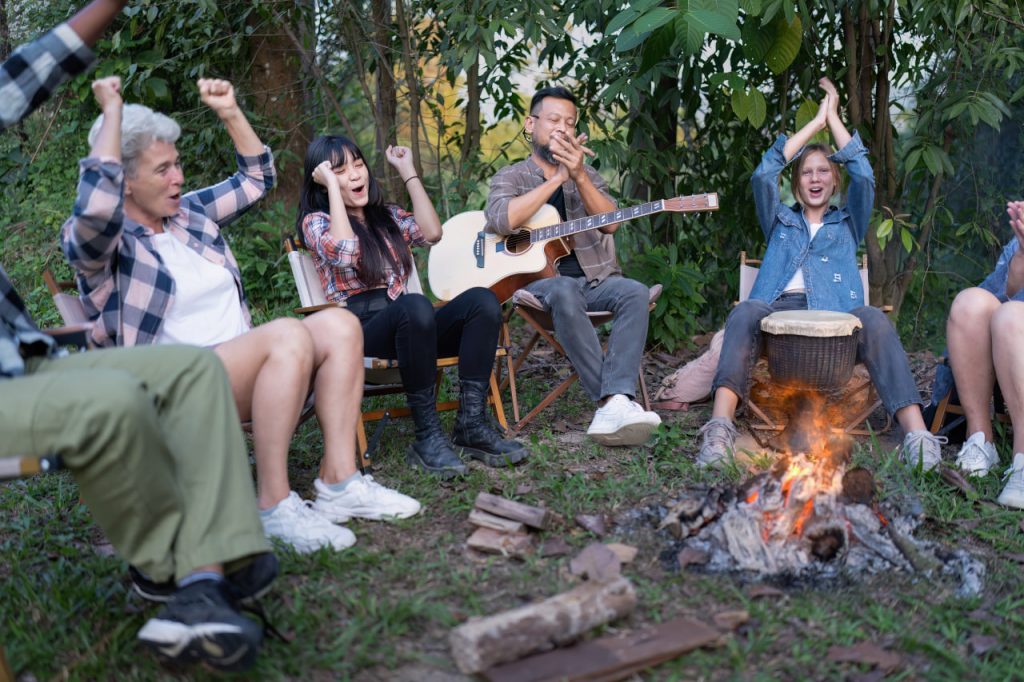I make beats. That’s my thing—sampling vinyl, building loops, layering in lo-fi textures and synths. Folk music? Not really in my world. Or so I thought.
When I first heard about Folk Song Reboot, I was skeptical. I pictured fiddles, acoustic singalongs, and campfire vibes—not exactly my usual space. But a friend of mine who’s deep into sound design told me the course was doing something different—blending traditional folk with modern tools, especially sampling. That caught my attention.
So I signed up. And it totally flipped my perspective.
The first session opened with a listening exercise—grainy field recordings from the early 1900s. One of them was this scratchy, raw Welsh work song. No beat, no harmony, just a solo voice with a repetitive call. Most people heard a piece of history. I heard a loop.
I asked if I could try building something with it, and the instructors were like, “Absolutely—let’s see where it takes you.” So I chopped it, threw it into my MPC, and started layering. Added some ambient percussion. Then someone across the room jumped in on acoustic bass. Another person added vocal textures on the spot. Suddenly, we had this trippy, cinematic, beat-driven ballad.
It wasn’t clean. It wasn’t polished. But it was alive.
That’s what shocked me—how much freedom there was to experiment.
This wasn’t a class where you followed a script. It was more like: here’s the source material, the cultural weight, the emotional context—now go make something honest with it.
I walked away with a track I’m still proud of, and a whole new respect for the power of traditional music. It turns out that folk songs aren’t stiff or outdated—they’re just waiting to be broken open and reimagined.
If you’re someone who works with sound but wants something deeper than loops and plugins—something real, something human—Folk Song Reboot might just surprise you the way it surprised me.

